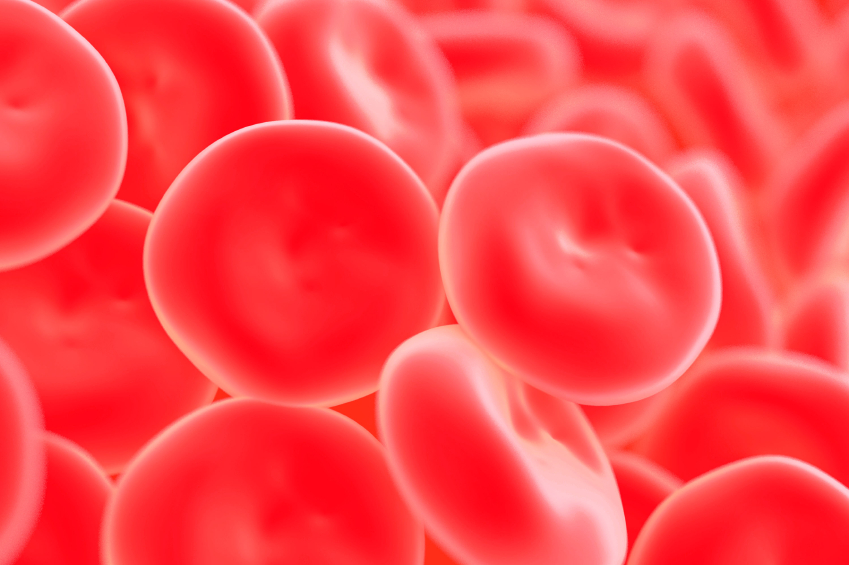The preservation and collection of cord and placenta are again encouraged: The French National Academy of Medicine adopted on 26th January 2010 a report on cord mesenchymatous stem cells (MSC) and on 19th February 2010 Marie-Thérèse Hermange submitted to the Senate a bill “tending to promote and organise the collection, the preservation and the research related to cord blood”.
National Academy of Medicine
Following the intervention at the Academy on 3rd March 2009, from Pr Zhong-Chao Han, Chinese scientist of the University of Tianjin famous for his works on mesenchymatous stem cells, a working group was devoted to examine the scientific and therapeutic interest of stem cells from cord and placenta. It has just delivered its report.
After the demonstration of the efficacy of cord blood hematopoietic stem cells, the researchers looked into the mesenchymatous stem cells which present an exceptional plasticity. Mainly present in the bone marrow and fatty tissues, they can also be found in cord blood in reduced quantity: according to Pr Lataillade, head of the research lab of the Army Blood Transfusion Centre at Percyl Hospital, one cord blood out of three would hold them. His experience was shared with Pr Zhong-Chao Han who looked into the cord itself and the placental elements. These revealed to generate significant quantities of MSC. Pr Zhong-Chao Han’s team affirms that a single cord allows obtaining hundred of therapeutic units, which opens very encouraging perspectives in regenerative medicine.
Indeed the MSC have an exceptional capacity of immunosuppression: they do not express HLA molecules and are then compatible with any patient. Studies showed they could be used for repairing bones, cartilage or cardiovascular system, heart tissue after infarct, or for reconstituting skin,… When the embryonic stem cells never gave rise to any therapeutic application, the MSC are subject to hundred of therapeutic trials in the world. Pr Zhong-Chao Han affirms he has already treated hundred of people by cord MSC.
Faced with these “outstanding perspectives”, the report of the Academy asks France to promote researches on MSC, which do not cause ethical problem, and to create biological resource centres specifically dedicated to this mission.
Bill
The article 8 of the bill submitted to the Senate on 19th February 2010 mentions this request. Insofar as “cord and placenta generate mesenchymatous stem cells (MSC) in significant quantity and, [when] grafted allogenically, they would be immunologically tolerated, without immunosuppressant therapy“, “a particular research effort must be make to define the therapeutic field in which these cells could be used“, we read in the exposition of motives.
Moreover the text mentions that the collection of cord blood and placental tissues is a “major public health challenge” and “a strategic interest to allow French research to be maintained at the highest level, in a context of international high competition“. Thus it asks that the status of therapeutic resource is conferred to the cord and that the development of cord blood collection and preservation is favoured in the “respect of the solidarity of donation through the principles of gratuitousness and anonymity by public banks“. It recommends systematic information of pregnant women and the preservation of “placental cord units for particular purposes of interfamily grafts“. While asserting that the cord blood “cannot be privatised“, finally it wishes that public-private collaborations can be developed to increase the number of collections.

